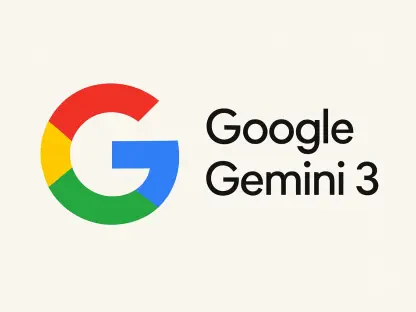Artificial Intelligence (AI) face swap technology has significantly transformed the landscape of digital creativity and editing, allowing individuals to seamlessly replace faces in images and videos with precision and ease. Thanks to advancements in deep learning and algorithms such as those used in Generative Adversarial Networks (GANs), this technology has transitioned from being an expert-level tool to an accessible utility for a vast audience. This shift from complexity to convenience has democratized editing capabilities, empowering users with no technical skills to perform face swaps using mobile devices and on the go. Through its immense potential and ease of use, AI face swap not only serves as a tool for amusement and entertainment but also showcases burgeoning possibilities spanning marketing, education, and content creation. These developments underscore the immense creative and practical potentialities afforded by AI face swap.
The Democratization of Face Swapping Technology
The evolution of AI face swap tools represents a pivotal moment in the democratization of sophisticated editing technology. Previously, the complex process of face swapping demanded expertise in software like Photoshop, limiting its use to professional editors or enthusiasts with significant technical know-how. However, recent advancements have ensured that even users with minimal technical background can execute flawless face swaps with just a few taps on their smartphones or computers. Such accessibility extends the creative possibilities for a wide range of users, from casual social media aficionados to marketing professionals seeking innovative solutions for their promotional content.
The appeal of AI face swapping in social media has been a notable driver in its democratization. Popular platforms such as Instagram, TikTok, and Snapchat have integrated or inspired numerous face swap filters and tools, enabling users to engage with content creatively. This cultural phenomenon, where individuals effortlessly swap their faces with celebrities or favorite movie characters, highlights the tool’s entertainment value and viral potential. Additionally, advertising and marketing sectors have leveraged AI face swaps to customize advertising material for targeted audiences, making digital campaigns more relatable and engaging across diverse demographics.
Applications in Education and Training
Beyond entertainment and marketing, AI face swap holds transformative potential in educational contexts. By integrating familiar or engaging faces into learning materials, educators can enhance student engagement and comprehension. This innovative application of AI tech allows instructional content to be tailored in ways that resonate with diverse student populations, introducing a personable touch to otherwise standard educational videos or materials. Moreover, the versatility of face-swapping technology offers new avenues for creating fictional characters or narrative-driven learning experiences, making educational content more dynamic, memorable, and impactful.
The use of face swapping in training and development scenarios also presents novel opportunities. Businesses can harness this technology to simulate real-world tasks, challenges, or social interactions more realistically, providing a lifelike atmosphere for immersive learning. These techniques can be particularly beneficial for remote or virtual training sessions, where maintaining engagement and interactivity is essential. By integrating AI face swaps into training modules, companies and educational institutions can craft personalized scenarios and create an even more engaging remote learning experience that holds participants’ attention effectively.
Navigating Ethical Considerations and Responsible Use
Despite the empowering and entertaining applications of AI face swap technology, the ethical use of this tool remains an ongoing concern. Users must navigate privacy considerations, ensuring that only images with consent are utilized, whether for personal amusement or professional projects. Understanding the data handling practices and privacy policies of AI tools is crucial to avoid potential misuse or unauthorized data manipulation. Users should remain vigilant about the implications of AI-generated content, recognizing that it has the potential to spread misinformation or contribute to misleading narratives.
Responsible application of face-swapping technology necessitates strict adherence to ethical guidelines, promoting usage aligned with integrity and respect for individual digital rights. As AI continues to proliferate, so will the need for established ethical frameworks and regulatory oversight to ensure that its application remains fair and just. These measures should aim to mitigate the risks associated with potential misuse while allowing the technology’s creative and professional benefits to flourish.
Future Prospects and Advancements
The rise of AI face swap tools marks a significant milestone in making advanced editing technology widely accessible. In the past, swapping faces required a deep understanding of software like Photoshop, confining its use to professionals or skilled hobbyists. Nowadays, technological advancements have simplified the process, allowing anyone, regardless of technical expertise, to perform smooth face swaps with just a few taps on their smartphone or computer. This newfound accessibility broadens creative opportunities for diverse users, ranging from casual social media users to marketing experts seeking novel promotional strategies.
The popularity of AI face swapping on social media has played a crucial role in its widespread acceptance. Platforms like Instagram, TikTok, and Snapchat have introduced or inspired numerous face swap tools and filters, allowing users to creatively interact with content. This trend, where people can easily swap faces with celebrities or fictional characters, underscores its entertainment appeal and viral nature. Moreover, advertising industries have embraced AI face swaps to tailor ads for specific audiences, enhancing digital campaigns’ relatability and engagement across various demographics.









